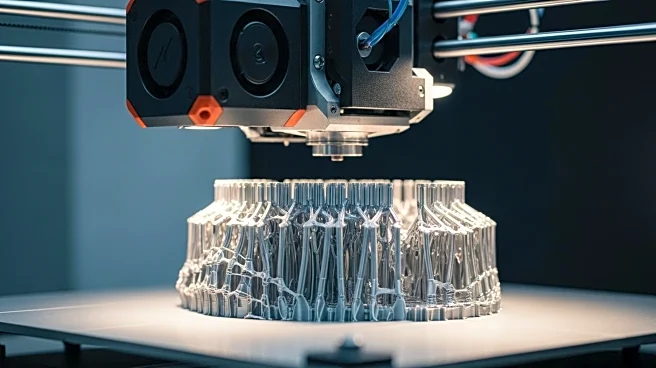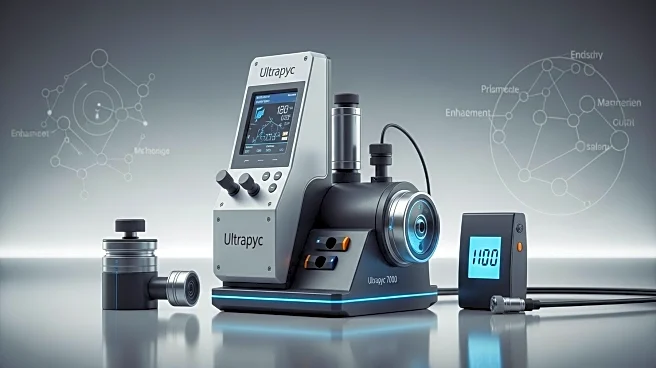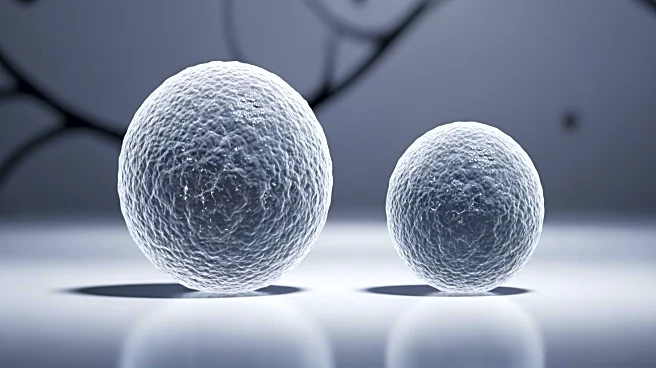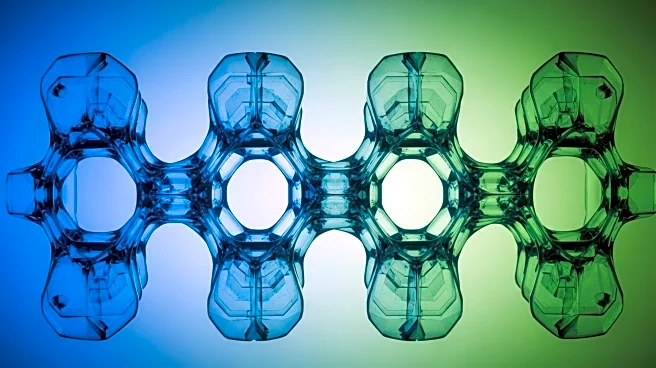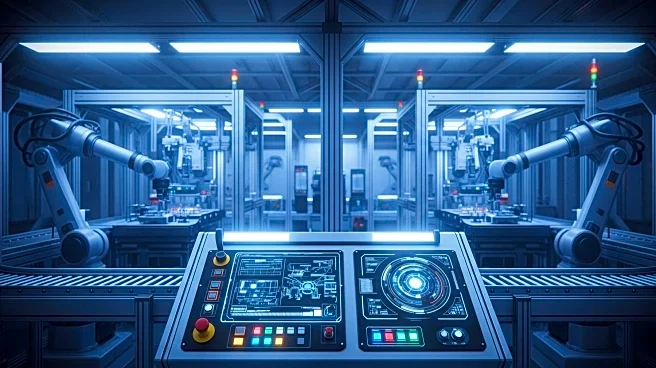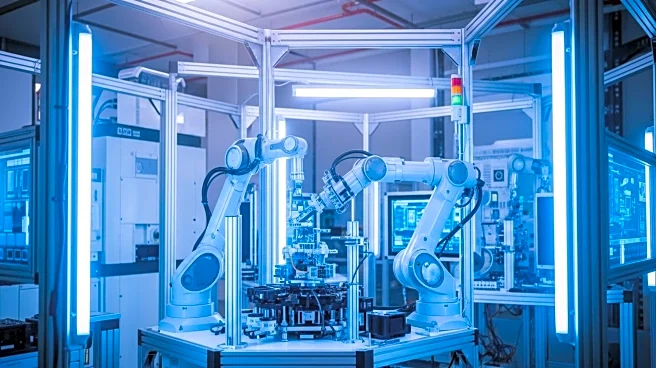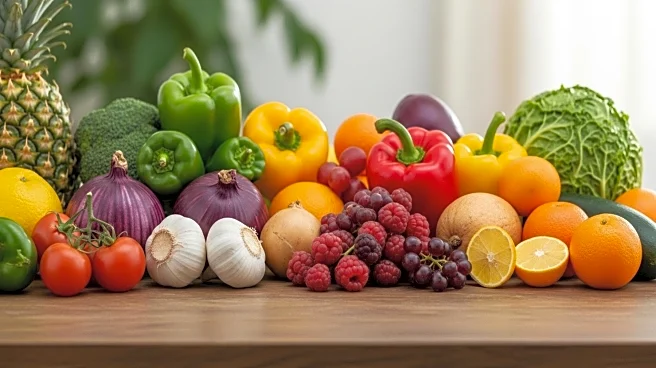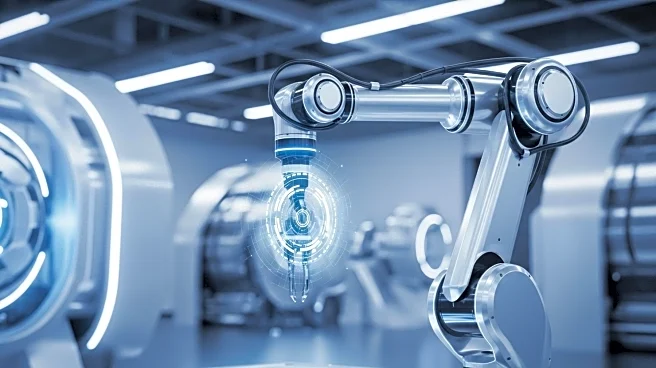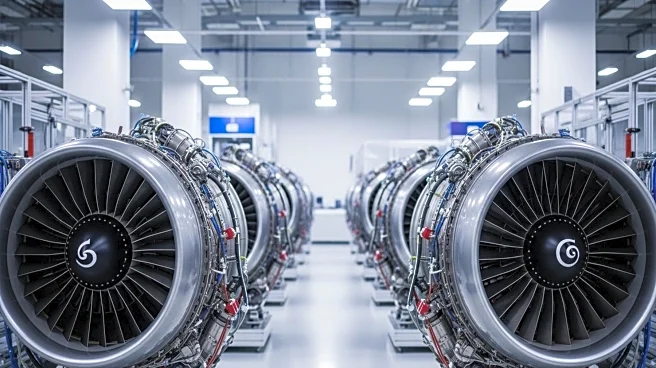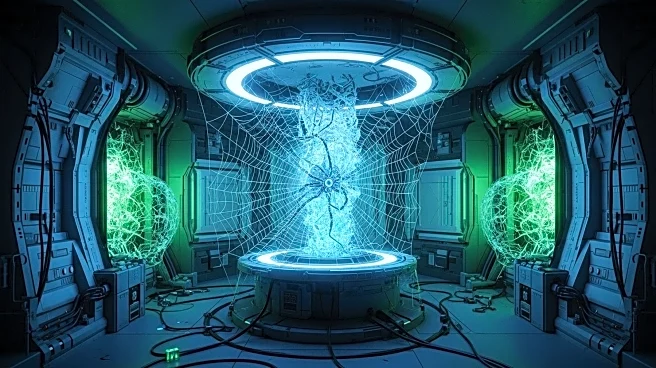What is the story about?
What's Happening?
Scientists at EPFL have developed a groundbreaking 3D printing method that significantly enhances the strength of metals and ceramics. This technique uses hydrogels as templates to create ultra-dense materials, overcoming limitations of traditional vat photopolymerization processes. The method involves building a gel scaffold, infusing it with metal salts, and converting these into nanoparticles, resulting in durable materials with reduced warping. The process allows for material selection post-printing, offering flexibility in producing various metals and ceramics. The research, published in Advanced Materials, demonstrates the potential for creating complex structures with improved mechanical properties.
Why It's Important?
This advancement in 3D printing technology has significant implications for industries requiring strong, lightweight materials, such as aerospace, biomedical devices, and energy conversion systems. The ability to produce metals and ceramics with enhanced durability and reduced shrinkage could lead to more efficient manufacturing processes and innovative product designs. The flexibility in material selection post-printing offers manufacturers the ability to tailor materials to specific applications, potentially reducing costs and increasing production efficiency. This breakthrough could drive advancements in sectors reliant on high-performance materials, fostering innovation and competitiveness.
What's Next?
The EPFL team is focused on refining their process to increase material density and reduce production time, aiming for industrial adoption. Automation of the infusion steps is being explored to streamline the method, making it more viable for large-scale manufacturing. As the technique evolves, it could become a standard in additive manufacturing, influencing how industries approach material design and production. Continued research and development may lead to broader applications, expanding the use of 3D printed metals and ceramics in various technological fields.
AI Generated Content
Do you find this article useful?
